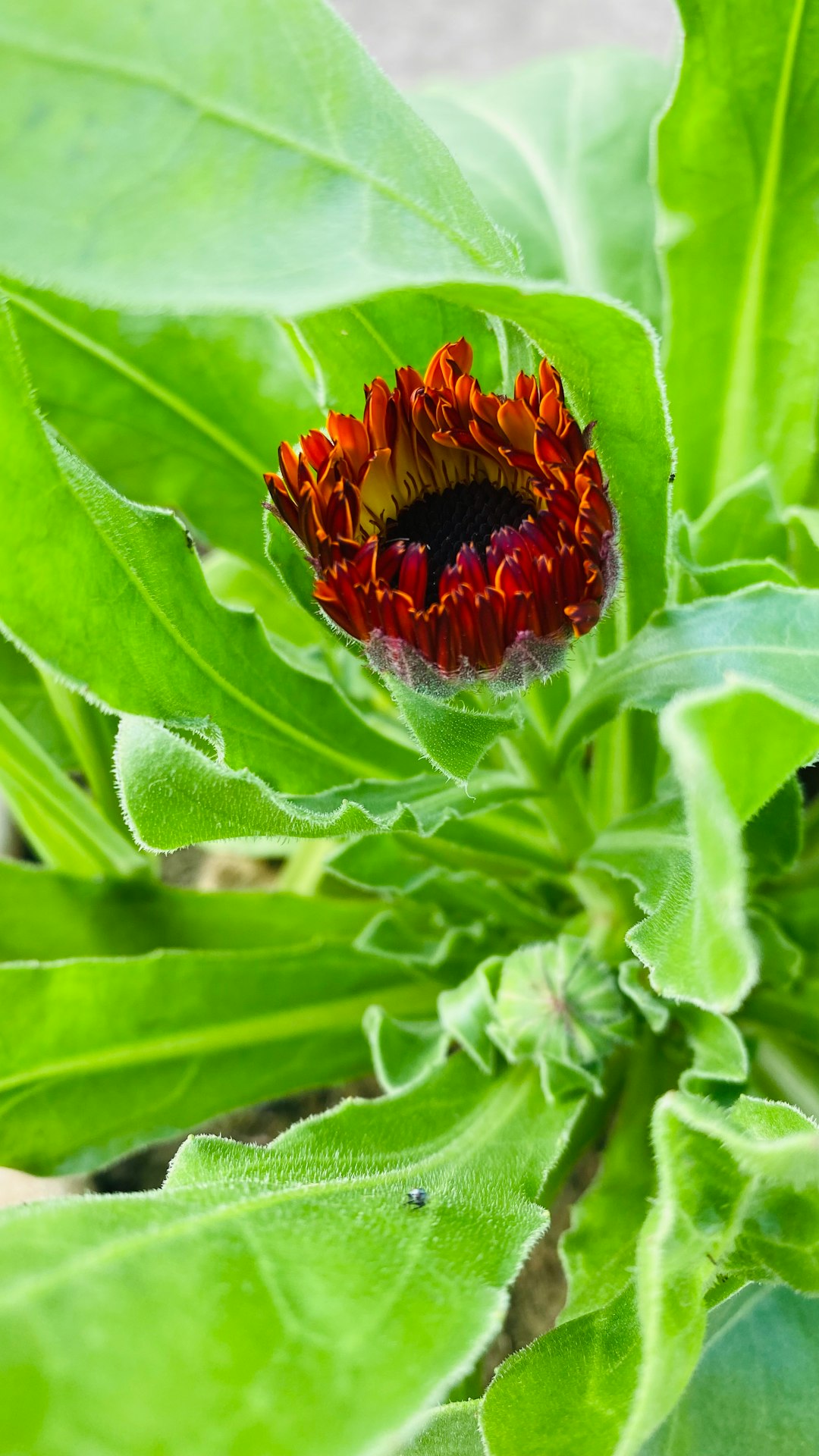The Secret Allies of Sage in Your Edible Garden

In the world of edible gardening, sage stands out as a versatile and aromatic herb. Not only does it add a wonderful flavor to various dishes, but it also plays a crucial role in pest management and pollinator attraction when paired with the right companion plants. Let's explore the benefits of growing sage alongside its ideal companions and how this combination can transform your edible garden.
One of the main advantages of growing sage with companion plants is its ability to repel pests. Cabbage loopers, for instance, are a common nuisance in many gardens. These small green caterpillars can quickly devour the leaves of cabbage, broccoli, and other brassicas. However, sage emits a strong scent that acts as a natural deterrent to these pests. When planted near brassicas, sage can help protect them from cabbage loopers and other harmful insects.
Another benefit of companion planting with sage is the attraction of pollinators. Bees, butterflies, and other pollinators are essential for the health and productivity of your garden. They help transfer pollen from one flower to another, which is necessary for the production of fruits and vegetables. Sage produces beautiful purple or blue flowers that are rich in nectar, making it a magnet for pollinators. By planting sage alongside other flowering plants, you can create a pollinator-friendly environment that will enhance the overall yield of your garden.
Now, let's take a look at some of the best companion plants for sage. One excellent choice is rosemary. Like sage, rosemary is a drought-tolerant herb that thrives in full sun and well-drained soil. It also has a strong scent that can help repel pests. When planted together, sage and rosemary can create a fragrant and pest-resistant border in your garden. They also complement each other well in the kitchen, as both herbs are commonly used in Mediterranean cuisine.
Thyme is another great companion plant for sage. Thyme is a low-growing herb that forms a dense mat of foliage. It has a similar growth habit to sage and can be planted in the same area of your garden. Thyme also attracts pollinators and has antibacterial properties that can help protect your plants from diseases. When combined with sage, thyme can create a beautiful and functional ground cover that will add texture and color to your garden.
Oregano is yet another herb that pairs well with sage. Oregano is a hardy perennial that is known for its strong flavor and medicinal properties. It also has a similar growth habit to sage and can be planted in the same area of your garden. Oregano attracts pollinators and can help repel pests, making it a valuable addition to any edible garden. When used in cooking, oregano and sage can be combined to create delicious and flavorful dishes.
In addition to herbs, there are also some vegetables that make good companion plants for sage. One example is carrots. Carrots are a root vegetable that grows well in the same soil conditions as sage. They also have a shallow root system, which means they won't compete with sage for nutrients. When planted together, sage can help repel carrot flies, which are a common pest in carrot gardens. Carrots and sage also complement each other well in the kitchen, as both can be used in soups, stews, and other dishes.
Tomatoes are another vegetable that can benefit from being planted near sage. Tomatoes are a popular garden crop that requires a lot of sunlight and nutrients. Sage can help improve the flavor of tomatoes and protect them from pests. When planted together, sage and tomatoes can create a symbiotic relationship that will enhance the overall health and productivity of your garden. Tomatoes and sage are also commonly used together in Italian cuisine, making them a great combination in the kitchen as well.
When planning your edible garden, it's important to consider the spacing and arrangement of your plants. Sage and its companion plants should be planted at a distance that allows them to grow and thrive without overcrowding each other. You should also make sure to provide adequate sunlight, water, and nutrients for your plants. By following these simple guidelines, you can create a beautiful and productive edible garden that is filled with the wonderful flavors and scents of sage and its companion plants.
In conclusion, growing sage with companion plants is a smart and effective way to enhance the health and productivity of your edible garden. By repelling pests, attracting pollinators, and adding flavor to your dishes, sage and its companions can transform your garden into a thriving ecosystem. Whether you're a seasoned gardener or a beginner, incorporating sage and its companion plants into your garden is a great way to enjoy the many benefits of edible gardening. So, why not give it a try and see the difference it can make in your garden?